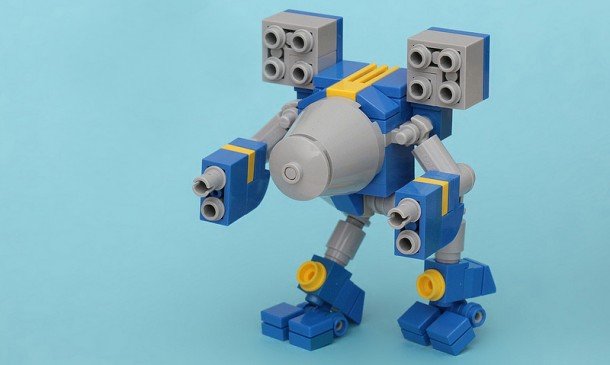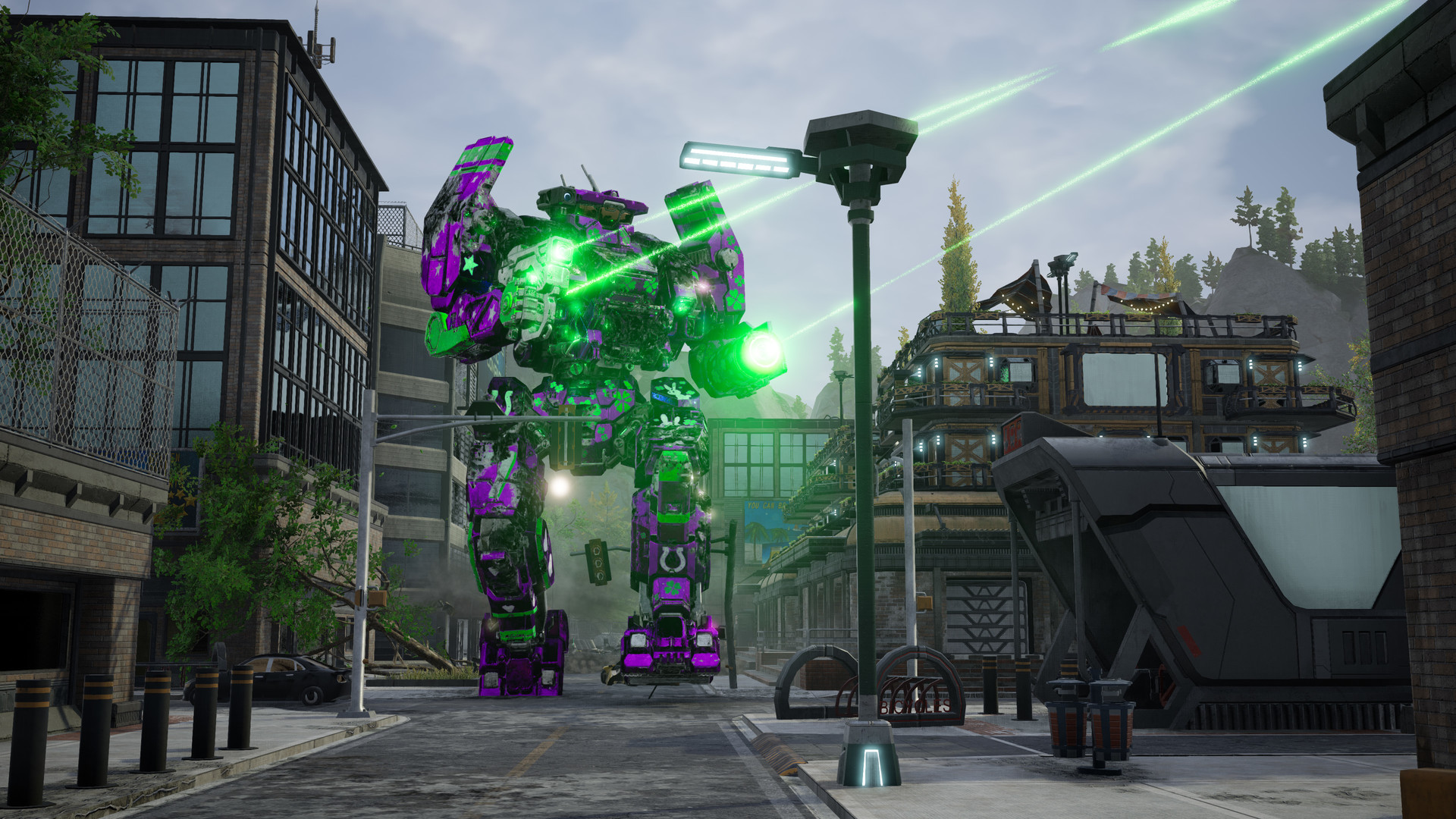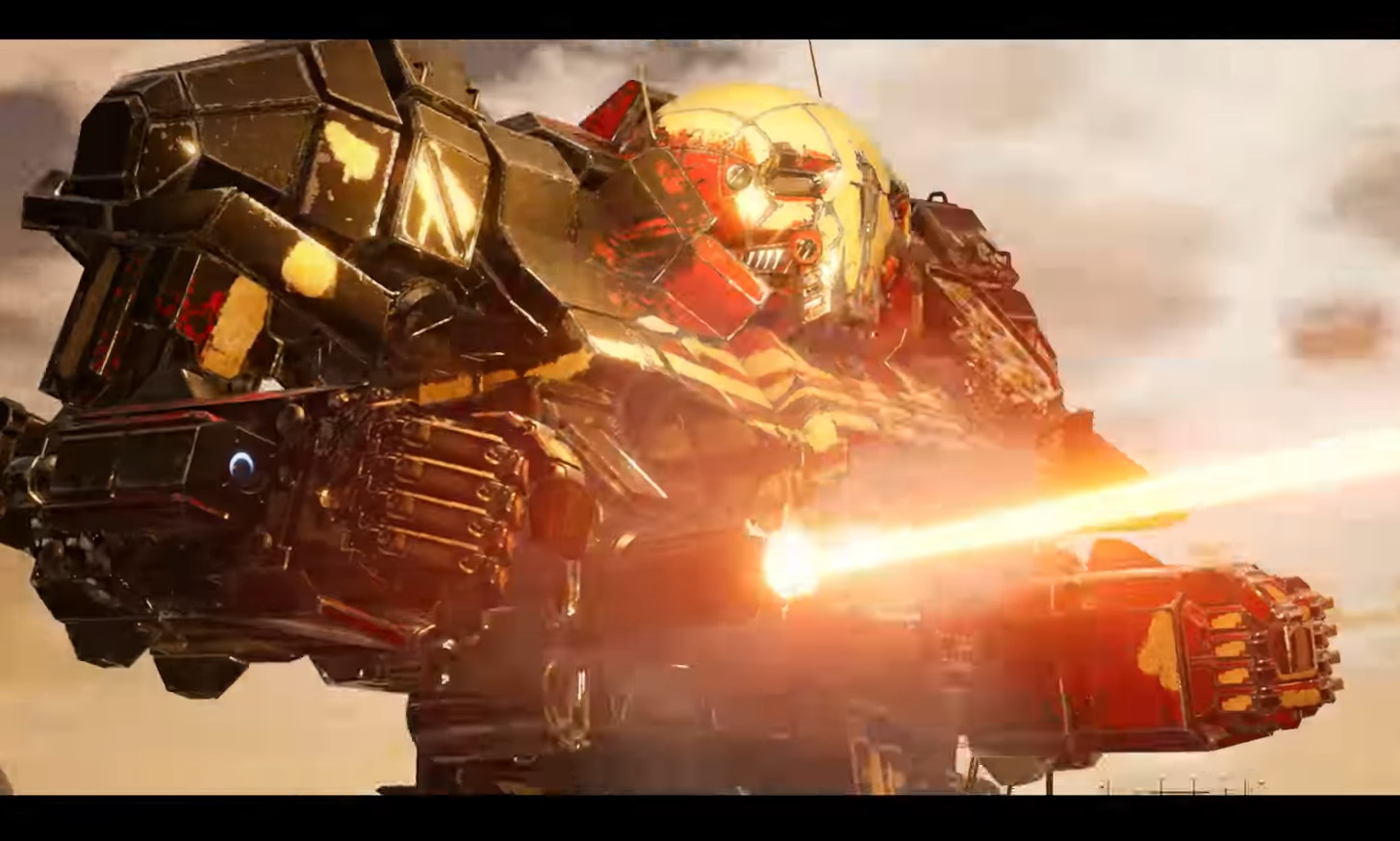Why mechs are the most fun thing to shoot in a video game | PC Gamer - taylorencell1939
Why mechs are the most playfulness thing to shoot in a video recording game

Ed Line: With the recent going of MechWarrior 5: Mercenaries on Steam clean, it's a rather proficient time to republish this article I wrote in 2022 about the timeless design of mechs, one of the about interesting vehicles—and targets—in gaming, and what aspects of their figure makes them so fun to shoot.
Aft dedicating my life to research, I've determined that mechs are the about merriment affair to shoot in a video game. MechWarrior's mechs, specifically.
What makes mechs special? They're juju dolls. And piñatas.
(Above: digested thoughts in video figure.)
There's a overall notion in FPS design that where you shoot an enemy should matter. Most FPSes make some distinction between the effects of shooting an enemy in the feet and shooting them in the head, and when we fire a revolver, Spinfusor, surgery all sick Impale Hit man, unreal ballistics, hitboxes, damage modelling and figure out together to give tongue to our stimulant. But these systems aren't in situ bu for naive realism's sake—they're there to facilitate something humans have a deman for: judgment.
"We sustain a deep inner deman to know how we plenty up," as Jesse Schell puts it in The Art of Game Design. "The fact that games are excellent systems for objective judgment is one of their most appealing qualities." Enemies are targets, targets are a method of judgment, and separating a target into segments is one way of construction room for marksmanship to exist in a game. Headshots. The corner of the strike zone. The elusive 500-point hole in Skee Ball. How fun would a dart board be to fox at, after each, if the opencast wasn't unconnected into segments?
Defensively, a favorable mech pilot twists their torso to avert exposing vulnerable parts to an enemy.

Mechs happen to have more segments than virtually enemies: a foreland, center body, right torso, left torso, right arm, left arm, right leg, left leg, and three combining weight rear torso zones. Xi discrete targets. But it isn't necessarily that on that point are more areas to hit only that they have significance inside the game itself. When you'atomic number 75 being circle-strafed by a scout mech in MechWarrior, aiming for the legs is extraordinary approach to dealing with them. This act of "legging" an enemy epitomizes the "I have you at once" moments the game produces: you gravel to steal from a light mech what made them specialized (speed), admire your marksmanship American Samoa the enemy limps, and make them experience the anxiety that comes from losing something that made them unique.
Lasering unfashionable a Jenner's legs like this takes a sort of torso awareness that isn't present in other games. It's class of kindred to what's expected of a pugilist. Defensively, a discriminating mech pilot twists their torso to avoid exposing vulnerable parts to an foeman. Offensively, a crack pilot can identify and dissect weak or valued zones of mechflesh, much in the way that a welterweight might effort an opponent's cracked ribs. As enemies, mechs get into their hurt on their sleeves (now and then losing those sleeves altogether), and MechWarrior is one of the only games that grants you a secondary diagram of what you're shooting—the 2D equipment casualty display, a hospitable of visual hoodooism doll.
Time to die
Central to the fun that arises from mech-slaying is how MechWarrior handles time. Mech combat (congener to Counter-Come across or Name of Duty, for example) is slow and punctuated by many pauses. Waiting for heat to dissipate, ready and waiting for weapons to wheel, wait for a missile lock, waiting for your engine to catch up to your bound command, waiting for your torso to rotate—these are purposeful delays. They make up time to sweat, moxie your teeth, iterate on tactics, or savor the sloping erosion of your opponent.
Without these delays, and without mechs' durability, there wouldn't be this earthly place for players' emotions to swirl in. If you've taken swings at a piñata, you've full-fledged the same sort of anxiousness, doubtfulness, and sadistic pleasure.
Whack. Did I get down IT?
Lack. Dammit. I'll choke up on bat this time.
Whack. Candy!
Optical maser flack. His socialist arm is orange. Good.
A projectile barrage curls over a building at an unseen target. Did I get him?
Boom. His right torso is red. A couple more shots could do it.

It's the player's dubiety and the durability of the target that makes piñata-crushing amusive. MechWarrior grants you a horse sense of your enemy's vulnerabilities, just the game never allows you absolute foregone conclusion about when their blade shell will crack unobstructed. Non knowing when an opponent will pop creates pleasant, construe with-sawing anticipation and anxiety—moments suchlike sneaking high behind an Atlas, unmoving in its visually challenged daub, and carving at it with Spiritualist Lasers until it... almost... so close... scarcely one more shot... ace more... drops dead. Mechs' literal weight differences, also, also means it's meaningful when a Jenner fells an Atlas, OR a Catapult bullies a Cicala with LRM barrages.
A suite of interconnected mechanics are at wreak under mechs' skin. As enemies, they're as expressive objects as you'll find in gaming, and their excogitation presents problems that are inherently fun to solve.
On the next page: a chat with Piranha Games chairwoman Russ Bullock, creators of MechWarrior Online and MechWarrior 5: Mercenaries.
Source: https://www.pcgamer.com/why-mechs-are-the-most-fun-thing-to-shoot-in-a-video-game/
Posted by: taylorencell1939.blogspot.com



0 Response to "Why mechs are the most fun thing to shoot in a video game | PC Gamer - taylorencell1939"
Post a Comment